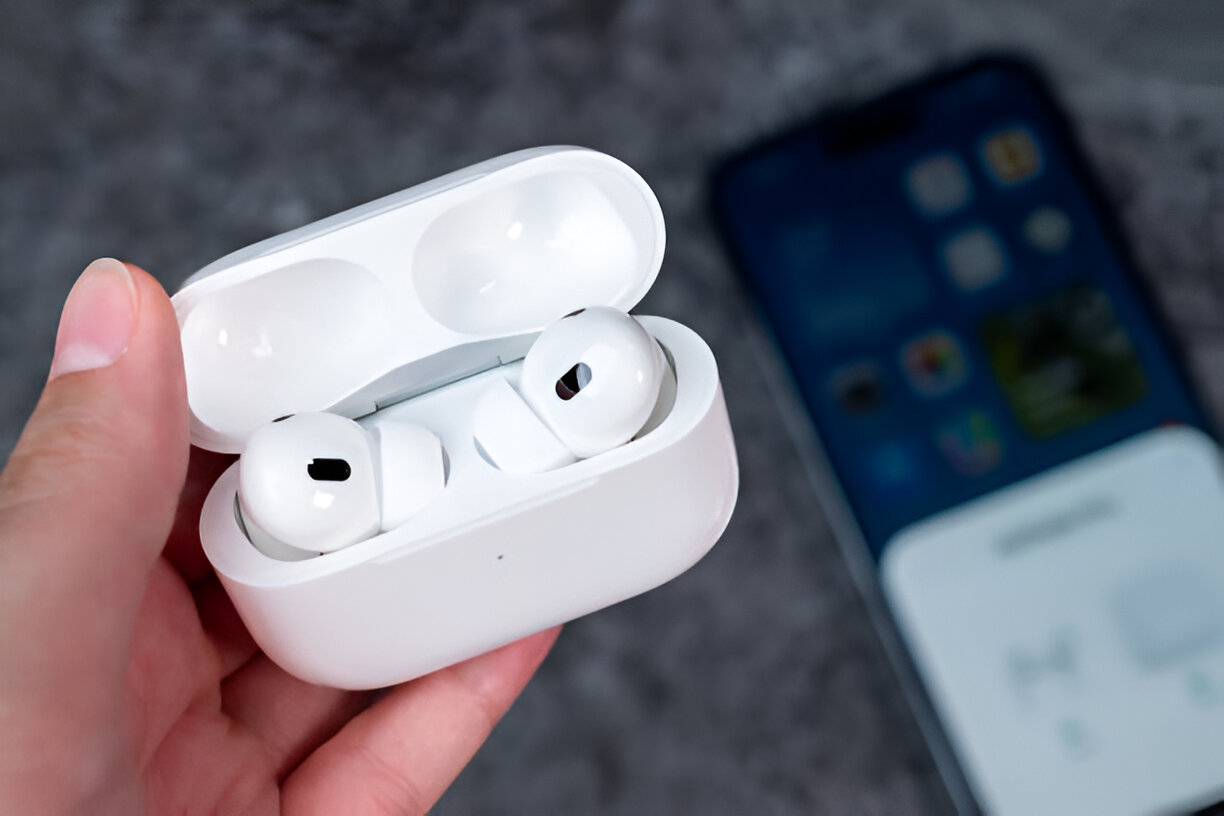In the world of RC (remote control) cars, the battery is often the heart of the vehicle, powering it to speed across tracks or rugged terrain. A well-chosen battery can make a significant difference in an RC car’s performance, durability, and overall enjoyment. But with the variety of options on the market, knowing which battery to choose can be a bit overwhelming. In this guide, we’ll walk through the key factors you should consider when buying a battery for remote control car, from battery types to specifications like voltage, capacity, safety considerations, and cost.
1. Different Types of RC Car Batteries
The type of battery is a foundational decision in choosing an RC car battery, as each type offers distinct benefits and drawbacks.
LiPo (Lithium Polymer) Batteries
LiPo batteries are the most popular choice for RC cars, known for their high energy density and lightweight design. This battery type provides significant power, giving RC cars the speed and responsiveness that many enthusiasts seek.
Advantages of LiPo:
- Higher energy capacity allows for more extended run times.
- Lightweight, helping to maximize speed.
- Delivers consistent power output, enhancing performance.
Considerations for LiPo:
- Requires careful handling and specific chargers.
- LiPo batteries are sensitive to overcharging, which can pose safety risks.
NiMH (Nickel Metal Hydride) Batteries
NiMH batteries are often recommended for beginners or casual RC drivers. While they are heavier and offer less performance than LiPo batteries, they are known for their stability and ease of use.
Advantages of NiMH:
- Safe and stable, making them ideal for beginner RC enthusiasts.
- Easier to handle, store, and charge.
Considerations for NiMH:
- Lower power output and shorter lifespan than LiPo.
- Bulkier and heavier, which can impact performance.
NiCd (Nickel-Cadmium) Batteries
NiCd batteries are less common in modern RC cars but are still used by hobbyists who prioritize durability and rechargeability over high performance.
Advantages of NiCd:
- Can withstand many charge cycles without degrading.
- Often less expensive than other types.
Considerations for NiCd:
- Heavier and bulkier than other options.
- Prone to a “memory effect,” meaning they can lose maximum energy capacity if not fully discharged regularly.
2. Key Specifications in RC Car Batteries
Beyond battery type, certain specifications are crucial for ensuring the battery meets your RC car’s performance needs.
Voltage (V)
Voltage is a critical factor, as it affects your car’s speed and power. In RC cars, the voltage level typically ranges from 6V to over 20V, depending on the model and type of battery.
- Higher Voltage: More power and faster speed.
- Lower Voltage: Suitable for less intensive use or for beginner models.
Selecting the correct voltage depends on your RC car’s requirements. It’s essential to check the recommended voltage in your car’s manual to avoid damage.
Capacity (mAh)
Measured in milliampere-hours (mAh), capacity determines how long the battery will last before it needs recharging. Batteries with higher mAh ratings provide longer run times, which is ideal for extended sessions without frequent recharging.
- Higher Capacity: Longer run times, suitable for advanced users.
- Lower Capacity: More affordable but requires frequent charging.
Capacity is particularly crucial if you’re involved in RC racing, as a high-capacity battery will allow you to stay competitive.
Discharge Rate (C-Rating)
The C-rating, or discharge rate, indicates how quickly a battery can release its energy safely. A higher C-rating means the battery can provide more power in a short burst, which is critical for acceleration and responsiveness.
- High C-Rating: Delivers quicker acceleration and is ideal for high-performance racing.
- Low C-Rating: Suitable for slower, steady driving and beginner RC cars.
3. Compatibility with Your RC Car
Physical Fit
Before purchasing, ensure that the battery you select will physically fit within your RC car’s battery compartment. Different battery types and brands may vary slightly in size, so it’s wise to measure and check for compatibility.
Connector Type
RC car batteries come with various connectors, and it’s essential to match the connector on your battery to that of your RC car to ensure compatibility. Some common types include Tamiya, Deans, and EC3. Check your car’s requirements to avoid connector compatibility issues.
4. Safety Considerations for RC Car Batteries
Safety should be a priority, especially if you’re using high-power batteries like LiPo.
Charging Safety
Using the correct charger for each battery type is essential to avoid overcharging, which can lead to dangerous overheating or fires.
- LiPo Chargers: Designed specifically for LiPo batteries, as they control charging rates to prevent overcharging.
- Charging Bags: LiPo batteries, in particular, should be charged in fire-resistant bags as a precaution.
Storage Practices
Proper storage can prolong battery life and prevent safety hazards. LiPo batteries should be stored at a partial charge level in a cool, dry place, while NiMH and NiCd batteries can be stored fully charged.
Handling and Disposal
Careful handling is essential with all battery types. Avoid puncturing or exposing batteries to extreme temperatures. When a battery reaches the end of its life, recycle it at a designated recycling center to prevent environmental harm.
5. Budgeting for Performance vs. Cost
RC car batteries range widely in cost, often reflecting differences in power, longevity, and brand reputation. Balancing these elements according to your needs and budget is key.
- LiPo: Higher cost but offers excellent performance and efficiency.
- NiMH: More affordable but less powerful, suitable for entry-level users.
- NiCd: Durable and low-cost but less commonly used in RC cars.
The initial cost can be offset by the battery’s lifespan, so consider both the upfront price and the battery’s longevity when budgeting.
Conclusion
Choosing the right RC car battery involves more than simply selecting the most powerful option. It requires a balance between factors like battery type, voltage, capacity, compatibility, and safety considerations. Whether you’re a beginner or a seasoned RC enthusiast, understanding these factors will help you make an informed choice, ultimately enhancing your RC car’s performance and longevity. Remember, an optimal battery choice can make the difference between a quick spin around the block and a thrilling, extended race on the track.
Frequently Asked Questions (FAQs)
-
Which battery type is best for high-performance RC cars?
- LiPo batteries are often the best choice for high-performance RC cars due to their high power output and lightweight design, which contribute to speed and maneuverability.
-
Can I use a different voltage than recommended for my RC car?
- It’s essential to stick to the voltage recommended by your RC car’s manufacturer. Using a higher voltage can damage the motor, while a lower voltage may reduce performance.
-
How long do LiPo batteries typically last?
- LiPo batteries can last 150-300 charge cycles with proper care, depending on factors like storage, charging practices, and usage.
-
What’s the safest way to charge a LiPo battery?
- Use a LiPo-compatible charger and consider charging in a fire-resistant bag. Never leave a LiPo battery unattended while charging, as they are sensitive to overcharging.
-
Why does C-rating matter in RC car batteries?
- A higher C-rating allows the battery to release more power quickly, which is essential for acceleration and power in high-performance RC cars.
-
How should I dispose of an old RC car battery?
- Dispose of RC car batteries at a recycling center or designated waste facility to ensure safe and environmentally friendly disposal.




